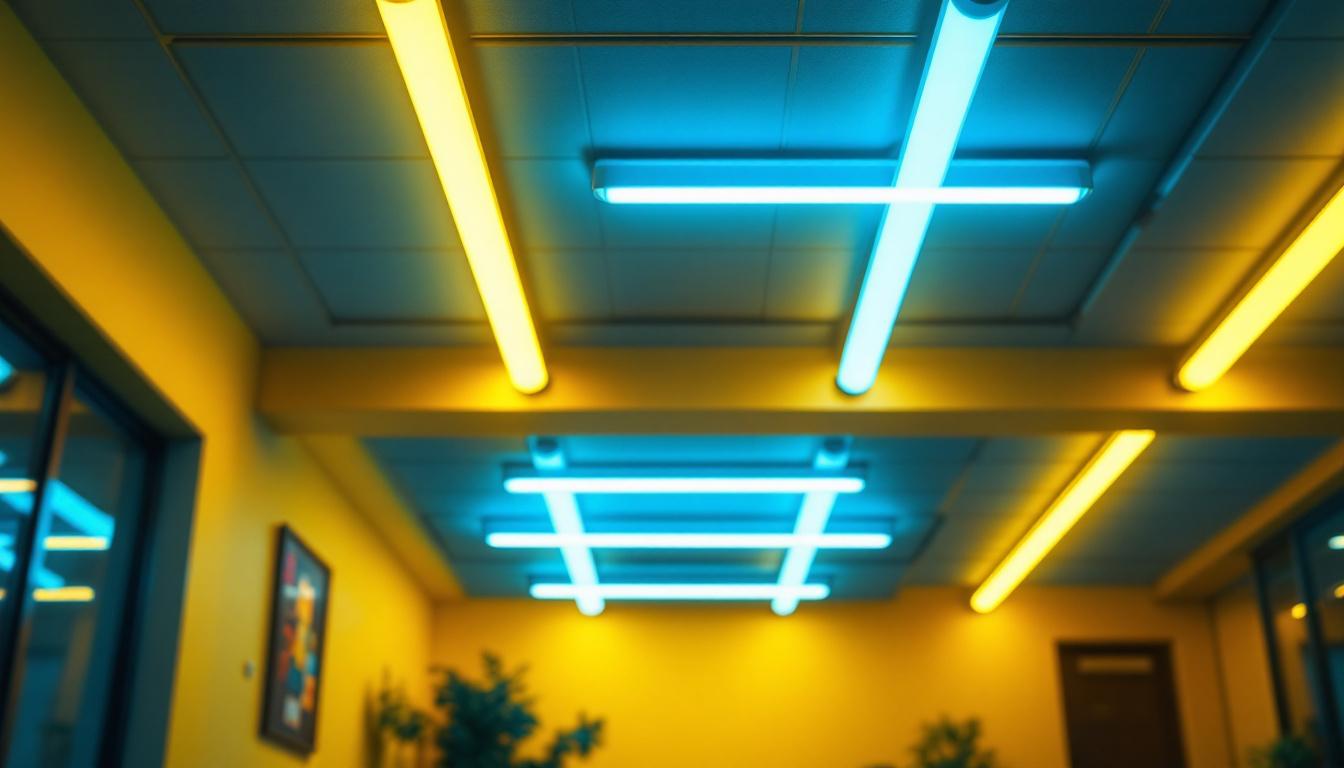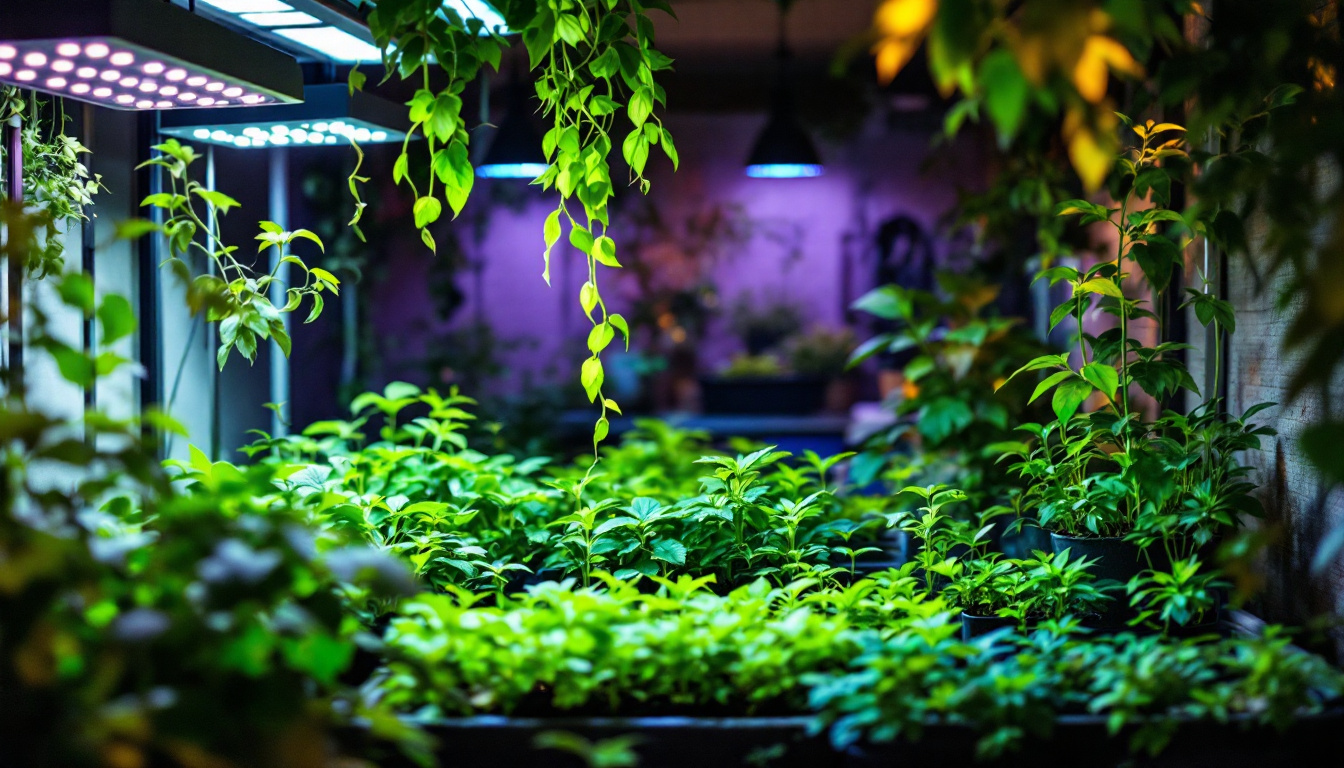
As the demand for sustainable energy solutions continues to rise, commercial outdoor solar powered lighting has emerged as a leading choice for businesses and municipalities alike. These systems harness the power of the sun to provide efficient and cost-effective lighting solutions for a variety of applications. This article delves into the essential aspects of commercial outdoor solar powered lighting, offering insights that lighting contractors need to consider when implementing these systems.
Solar powered lighting systems operate by converting sunlight into electricity through photovoltaic (PV) panels. This electricity is then stored in batteries for use during the night or on cloudy days. Understanding the components and functionality of these systems is crucial for contractors looking to integrate solar lighting into their projects. With the increasing emphasis on sustainability and energy efficiency, solar lighting systems not only provide illumination but also contribute to reducing the carbon footprint of various infrastructures.
At the heart of any solar lighting system are the solar panels, batteries, LED fixtures, and charge controllers. Each component plays a vital role in ensuring the system operates efficiently. The integration of these components must be carefully considered to optimize performance and longevity, making it essential for contractors to stay informed about the latest technological advancements.
Solar lighting solutions come in various forms, each tailored to specific needs and environments. Understanding these types can help contractors recommend the best options to their clients. The versatility of solar lighting makes it suitable for a wide range of applications, from residential to commercial and industrial settings, thereby expanding the market potential for contractors.
The advantages of solar powered lighting extend beyond just energy savings. They offer numerous benefits that can significantly impact both the environment and the bottom line.
One of the most compelling reasons to choose solar lighting is the potential for cost savings. While the initial investment may be higher than traditional lighting, the long-term savings on electricity bills and maintenance costs can be substantial.
With no electricity costs and minimal maintenance requirements, businesses can allocate funds to other critical areas. Additionally, many municipalities offer incentives or rebates for adopting solar technology, further enhancing the financial appeal.
Solar powered lighting systems contribute to a reduction in greenhouse gas emissions, making them an environmentally friendly choice. By utilizing renewable energy, these systems help decrease reliance on fossil fuels and promote sustainability.
Furthermore, the use of LED technology in solar lights reduces energy consumption, further minimizing the environmental footprint. This aligns with the growing trend of businesses and communities striving to adopt greener practices.
When installing solar powered lighting systems, several factors must be taken into account to ensure optimal performance and longevity. Lighting contractors play a crucial role in navigating these considerations.
A thorough site assessment is essential before installation. Factors such as available sunlight, shading from trees or buildings, and the intended use of the lighting must be evaluated. This assessment will help determine the appropriate type and number of solar lights needed for the space.
Contractors should also consider the geographical location, as areas with less sunlight may require larger solar panels or additional battery storage to maintain performance during cloudy days or winter months.
Understanding local regulations and codes is vital when installing solar powered lighting. Some areas may have specific requirements regarding the height of light fixtures, brightness levels, or even the types of materials used.
Contractors should familiarize themselves with these regulations to ensure compliance and avoid potential fines or project delays. Consulting with local authorities can provide clarity on any necessary permits or inspections required for installation.
With a plethora of solar lighting products available on the market, selecting the right options can be daunting. Contractors must consider various factors to ensure they choose the best products for their projects.
Quality should be a top priority when selecting solar lighting products. Look for fixtures made from durable materials that can withstand harsh weather conditions, such as rain, snow, and extreme temperatures. Products with a proven track record of performance and longevity are often worth the investment.
Additionally, consider the warranty provided by manufacturers. A longer warranty period can indicate confidence in the product’s durability and performance, providing peace of mind for contractors and their clients.
Efficiency is another critical factor to consider. Look for solar lights with high-efficiency solar panels and LED fixtures that provide adequate illumination while consuming minimal energy.
Performance metrics, such as lumens per watt and battery capacity, can help gauge how well a product will perform in real-world conditions. Conducting thorough research and reading customer reviews can provide valuable insights into a product’s effectiveness.
While solar powered lighting systems are generally low maintenance, some upkeep is necessary to ensure they continue to operate efficiently over time. Understanding these maintenance needs can help contractors provide better service to their clients.
Solar panels should be kept clean and free from debris to maximize their efficiency. Dust, dirt, and leaves can obstruct sunlight and reduce the amount of energy generated. Regular cleaning, especially after storms or high winds, can help maintain optimal performance.
Contractors should educate clients on the importance of this maintenance task and provide guidance on how to safely clean solar panels without causing damage.
Battery health is crucial for the performance of solar lighting systems. Periodic checks on the battery’s condition, including connections and corrosion, can prevent issues that may arise from neglect.
Replacing batteries when they reach the end of their lifespan is also important. Most solar lighting systems use batteries that can last several years, but monitoring their performance can help identify when replacement is necessary.
The solar lighting industry is continuously evolving, with new technologies and trends emerging to enhance performance and user experience. Staying informed about these developments can help contractors remain competitive in the market.
Smart technology is making its way into solar lighting systems, allowing for enhanced control and efficiency. Features such as motion sensors, dimming capabilities, and remote monitoring can optimize energy use and extend battery life.
These smart systems can also integrate with existing smart city infrastructure, providing data and insights that can improve urban planning and resource allocation.
Battery technology is advancing rapidly, with new materials and designs being developed to improve energy storage and longevity. Lithium-sulfur and solid-state batteries are examples of innovations that may revolutionize solar lighting systems in the near future.
These advancements can lead to lighter, more efficient batteries that require less maintenance and offer longer lifespans, ultimately enhancing the overall performance of solar powered lighting solutions.
Commercial outdoor solar powered lighting presents a sustainable and cost-effective solution for various applications. By understanding the components, benefits, and installation considerations, lighting contractors can effectively implement these systems to meet their clients’ needs.
As the industry continues to evolve with advancements in technology and a growing emphasis on sustainability, staying informed about the latest trends and best practices will be essential for contractors looking to thrive in the solar lighting market.
By embracing solar powered lighting solutions, contractors can not only contribute to a greener future but also enhance their service offerings, ultimately benefiting both their clients and the environment.
Ready to elevate your lighting projects with sustainable and cost-effective solutions? Look no further than LumenWholesale, where we provide contractors with top-quality, spec-grade solar lighting products at unbeatable wholesale prices. Our extensive selection meets the highest industry standards, ensuring you get reliable, high-performance lighting for every application. Plus, with free shipping on bulk orders, you can enjoy premium lighting at the best value — without hidden fees or compromises. Embrace the future of lighting and enhance your service offerings with LumenWholesale. Wholesale Lighting at the Best Value awaits you.

Discover the essential insights into ceiling tube lights with answers to the most common questions posed by lighting contractors.

Discover the benefits of the Solar Motion Floodlight, an essential guide for anyone interested in energy-efficient lighting solutions.

Discover the frequent pitfalls lighting contractors encounter with G light bulbs.

Discover the essential insights into outdoor grow lights with answers to lighting contractors’ most common questions.